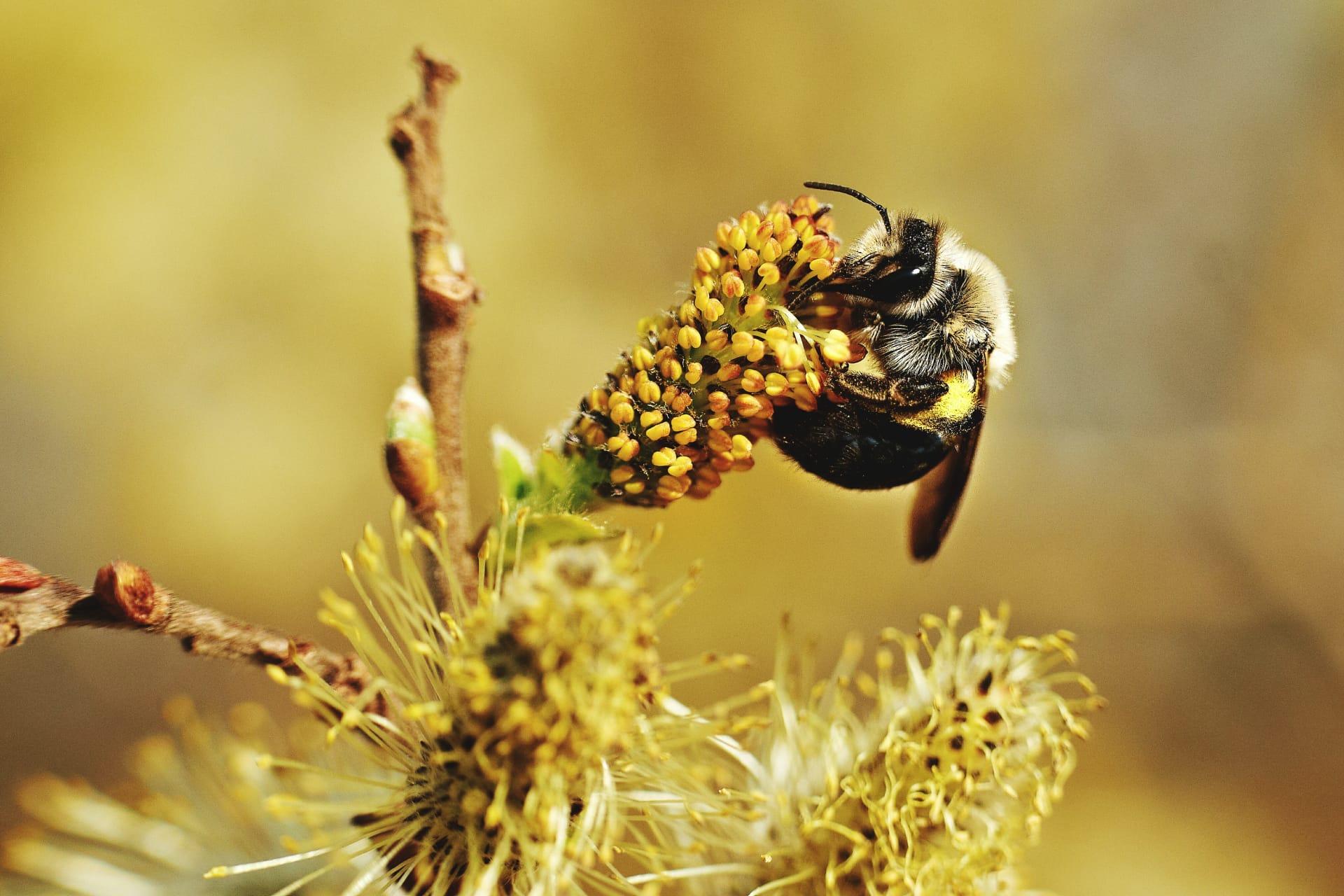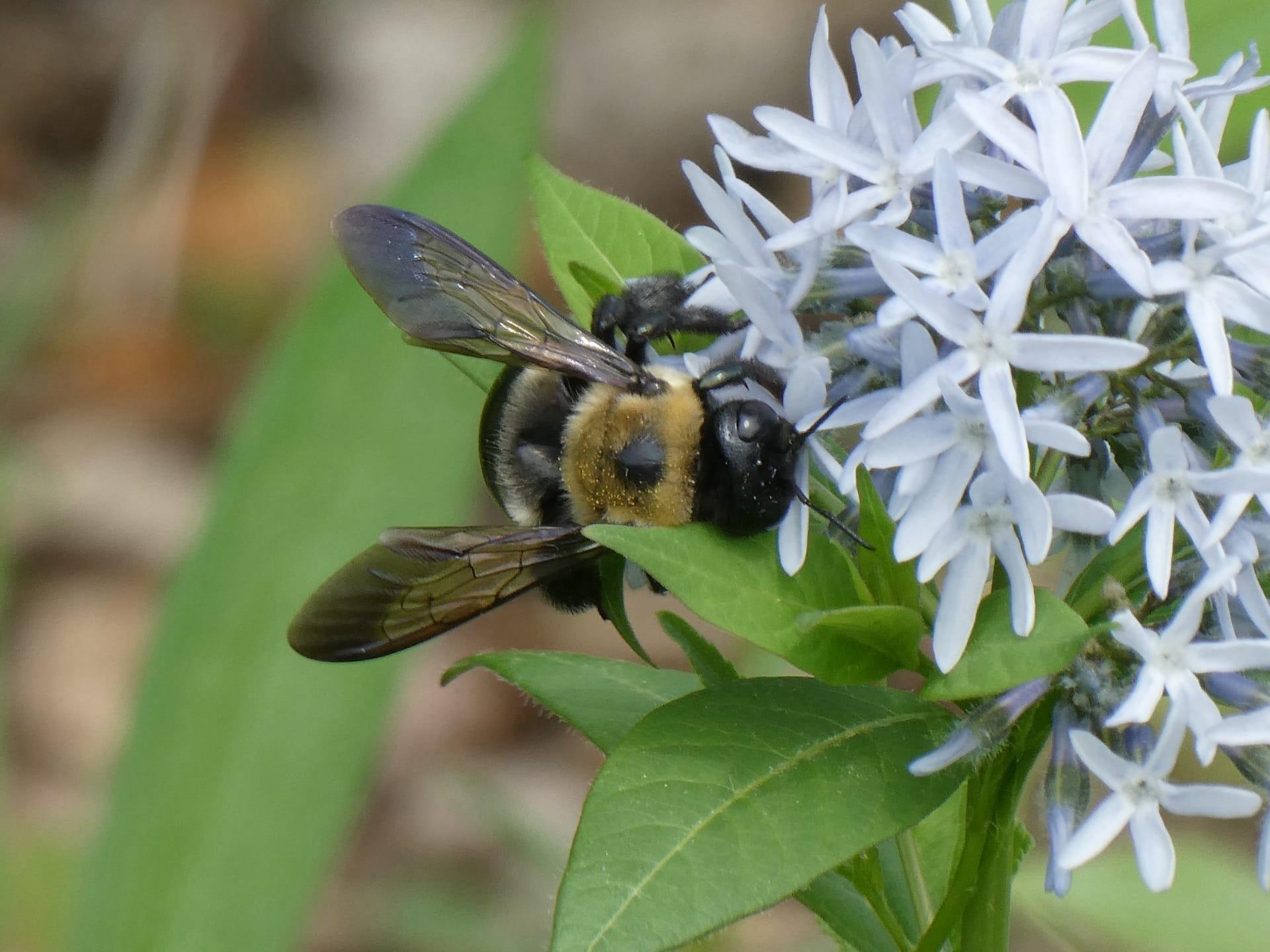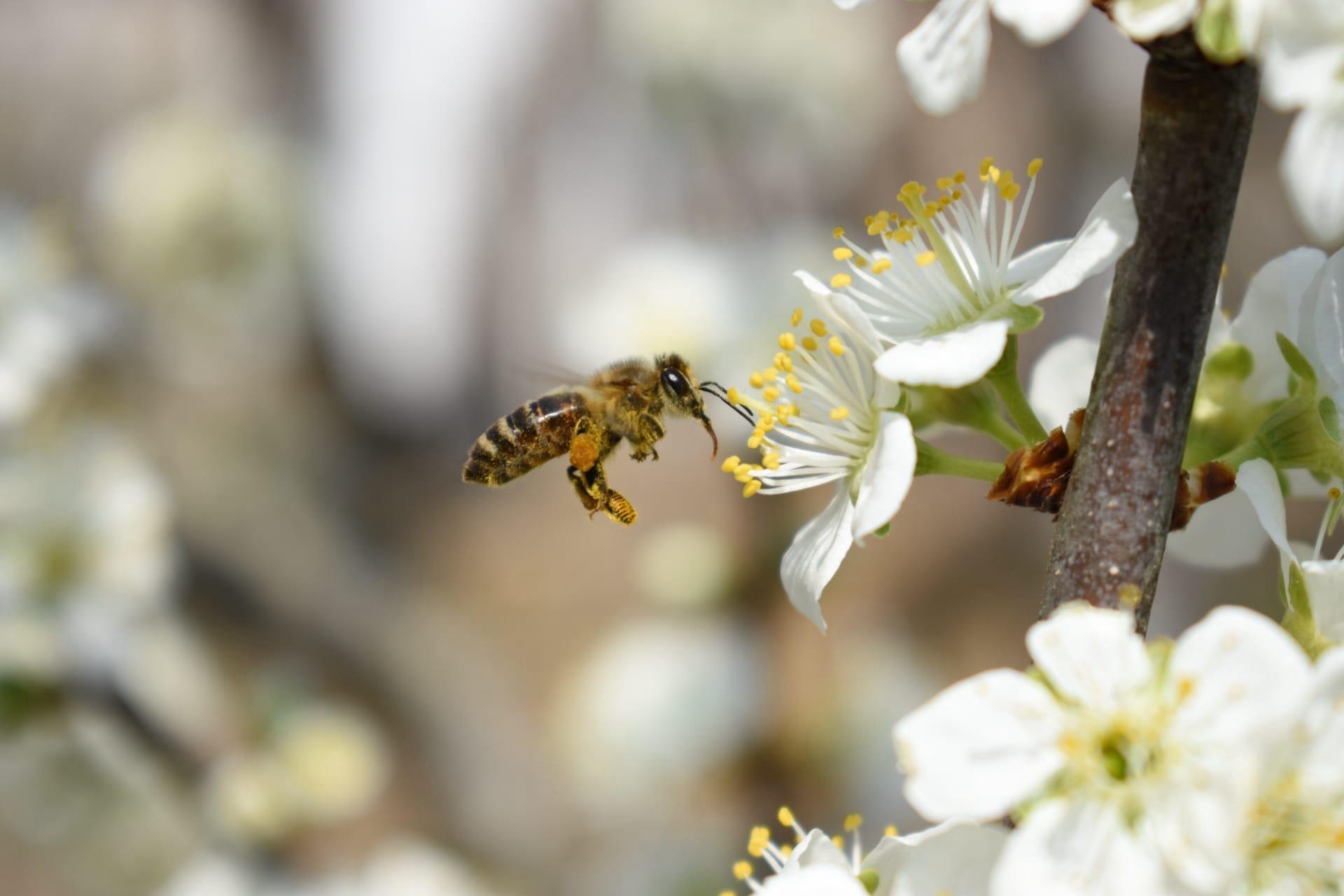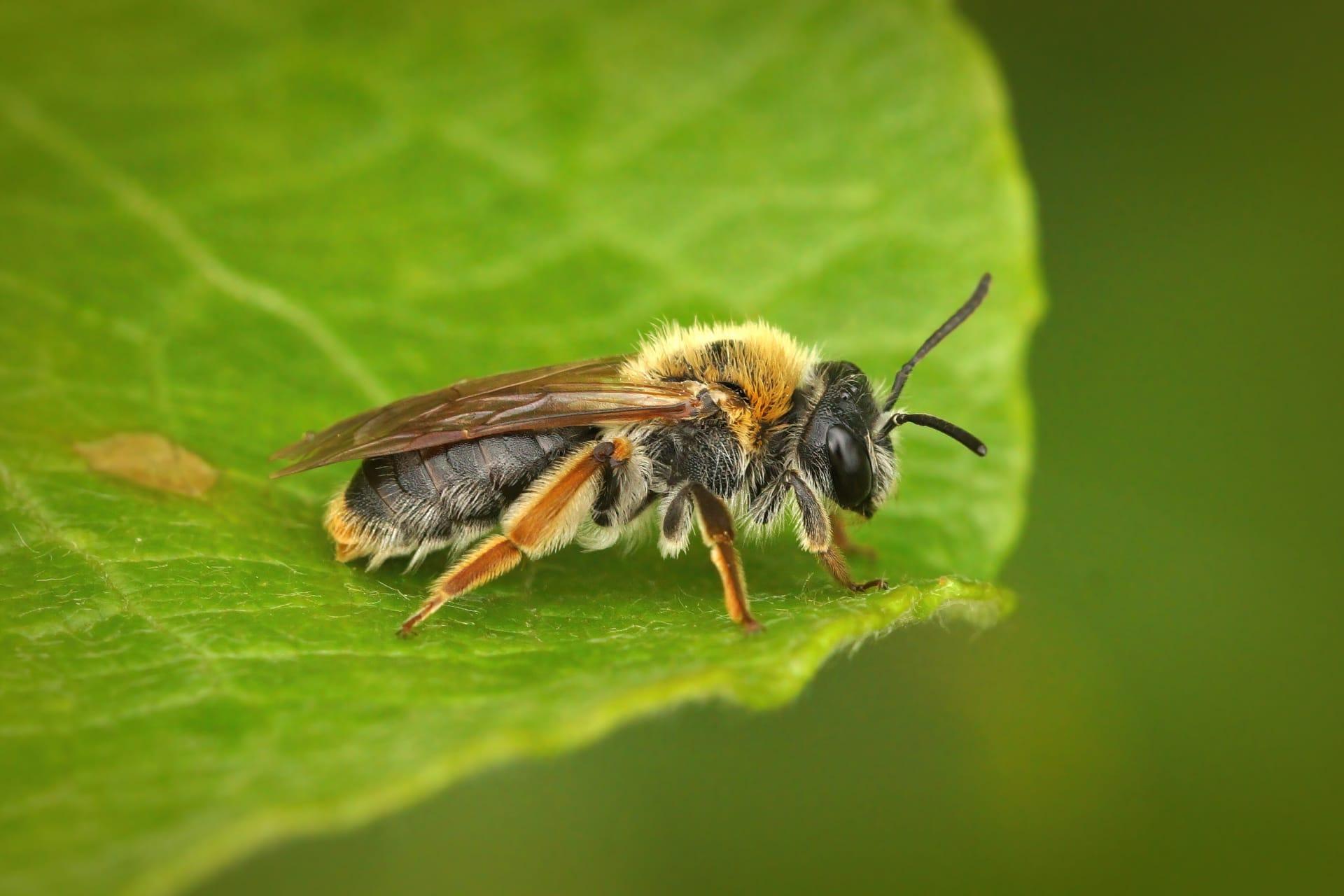Eastern Carpenter Bee Trivia
- Home /
- Trivia Question /
- Animal /
- Eastern Carpenter Bee Trivia
1
Question: What distinguishes the Eastern Carpenter Bee in terms of appearance from other bee species?
Answer: Eastern Carpenter Bees are notable for their size and color. They measure about an inch long, making them larger than most bees. Males have a distinct white patch on their face, while females are predominantly black. Their shiny, black abdomen differentiates them from the more furry bumblebees, giving them a unique, sleek appearance.
Question: How do Eastern Carpenter Bees contribute to the ecosystem?
Answer: Despite their wood-boring habits, Eastern Carpenter Bees play a crucial role in pollination. They're particularly adept at pollinating open-faced flowers and are known for 'nectar robbing,' a technique where they slit the sides of flowers to access nectar. This method doesn't always pollinate the flower, but they still contribute significantly to the pollination of various plants, supporting biodiversity.

2
Question: Are Eastern Carpenter Bees as destructive to wood as termites?
Answer: Contrary to popular belief, Eastern Carpenter Bees do not eat wood. They excavate tunnels in wood for nesting purposes. While their tunneling can cause cosmetic damage to structures, it's not as destructive as termite damage. The bees prefer weathered or unpainted wood, and their tunneling typically only affects the surface layer.
Question: Do Eastern Carpenter Bees sting?
Answer: There's a common misconception that Eastern Carpenter Bees are aggressive stingers. In reality, females can sting but rarely do unless provoked or handled. Males, often seen hovering around people, cannot sting at all. Their seemingly aggressive behavior is more about curiosity and territoriality than aggression.

3
Question: What is the lifespan of an Eastern Carpenter Bee?
Answer: Eastern Carpenter Bees have a relatively short lifespan. Adult bees typically live for about one year. They emerge in the spring, mate, and the females lay eggs. The larvae develop over the summer, and the new adults emerge in late summer but return to the tunnels to overwinter and start the cycle again the next spring.
Question: How do Eastern Carpenter Bees reproduce?
Answer: The reproduction cycle of Eastern Carpenter Bees is fascinating. In spring, males vigorously defend territories to attract females. After mating, the female bee prepares a nest in a wooden tunnel, divides it into cells with wood pulp, lays an egg in each cell, and provisions it with a mixture of nectar and pollen. This serves as food for the larvae once they hatch.

4
Question: What is the diet of the Eastern Carpenter Bee?
Answer: Eastern Carpenter Bees primarily feed on nectar and pollen from various flowers. They have long tongues, ideal for accessing nectar deep within flowers. Interestingly, they play a role in pollination as they move from flower to flower, although some species of flowers may be damaged by their 'nectar robbing' technique.
Question: How do Eastern Carpenter Bees interact with other bee species?
Answer: Eastern Carpenter Bees are generally solitary bees, but they can coexist peacefully with other bee species. They don’t compete aggressively for resources, which allows for the coexistence with other pollinators in their habitat. Their presence in an ecosystem can be a sign of a healthy bee community.

5
Question: Can Eastern Carpenter Bees cause allergic reactions?
Answer: Like other bees, Eastern Carpenter Bees can cause allergic reactions in sensitive individuals if they sting. However, stings are rare. It’s important for people with bee allergies to exercise caution around them, despite their non-aggressive nature.
Question: How can one differentiate between male and female Eastern Carpenter Bees?
Answer: The most noticeable difference is in their coloring. Males have a distinctive white or yellow face, while females have a completely black head. Additionally, only females have stingers, and males are often seen hovering in areas where humans frequent, which is not typical behavior for females.